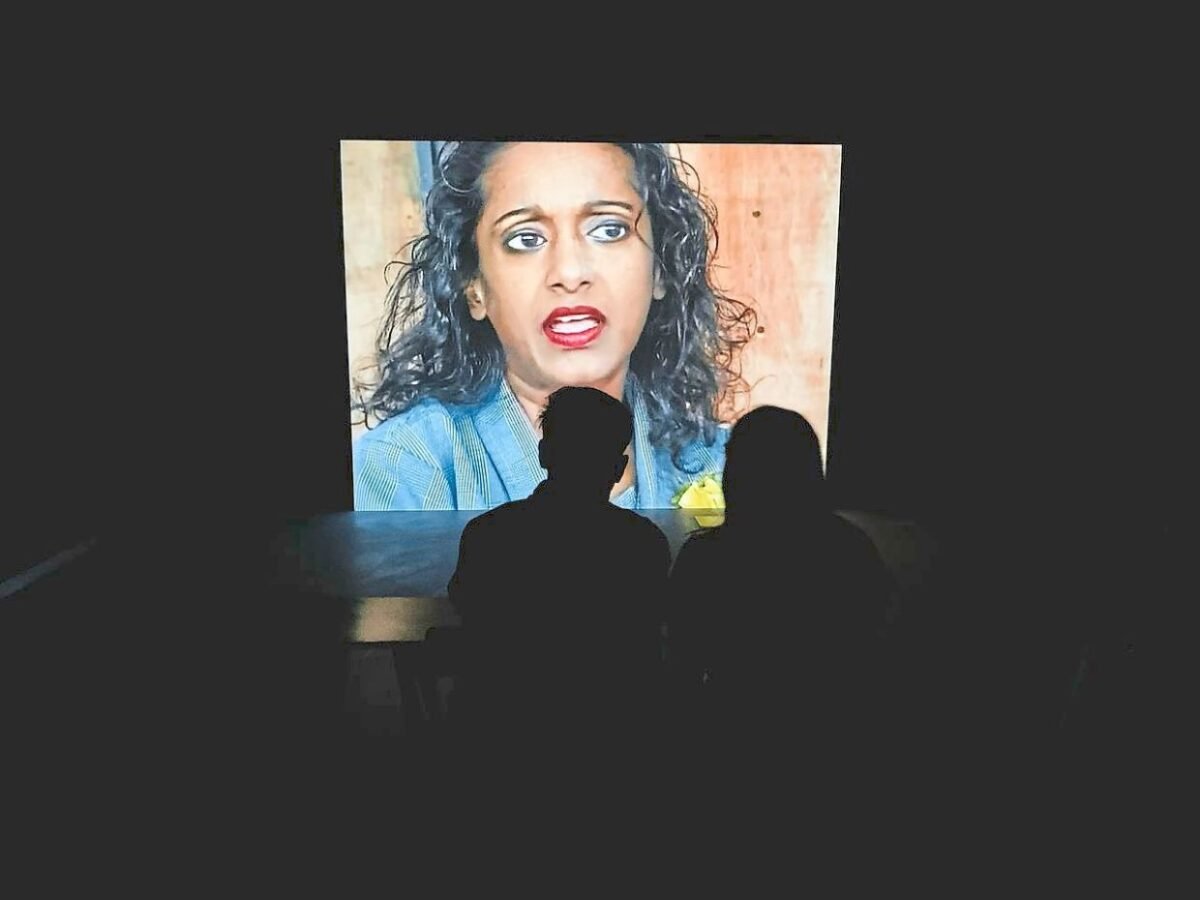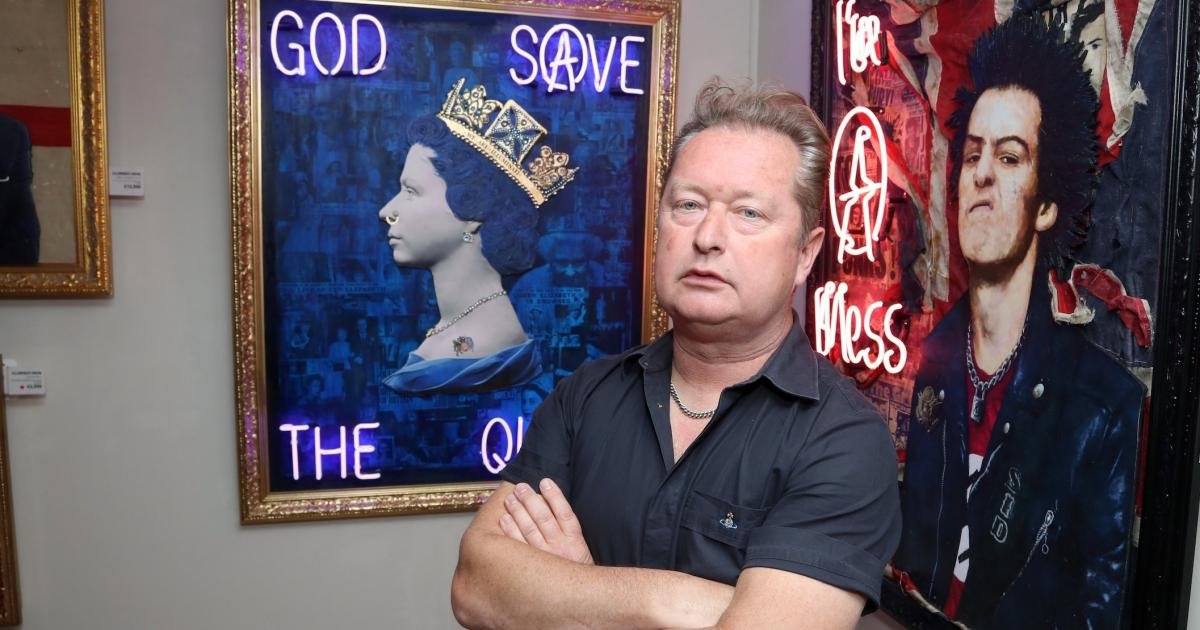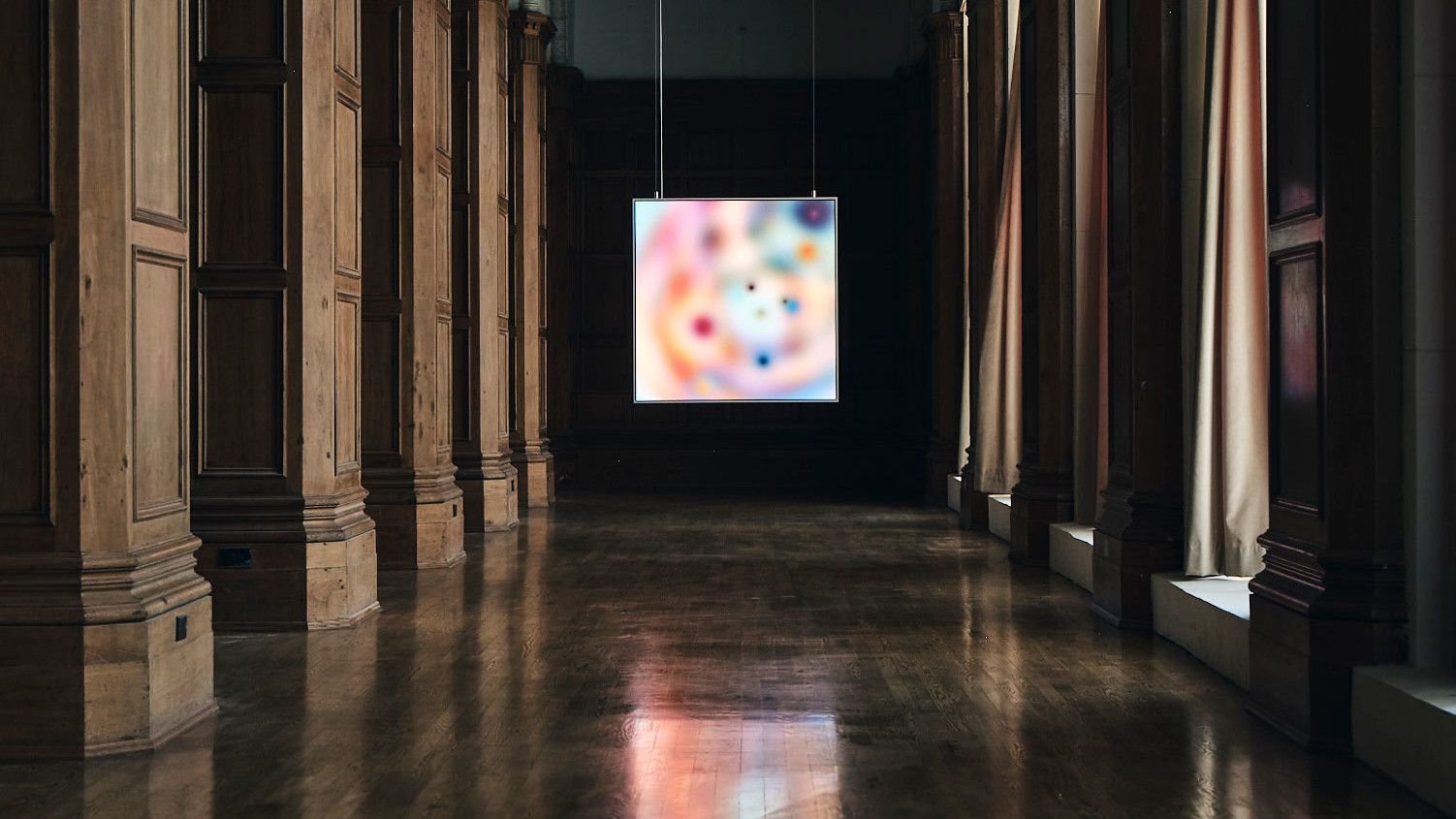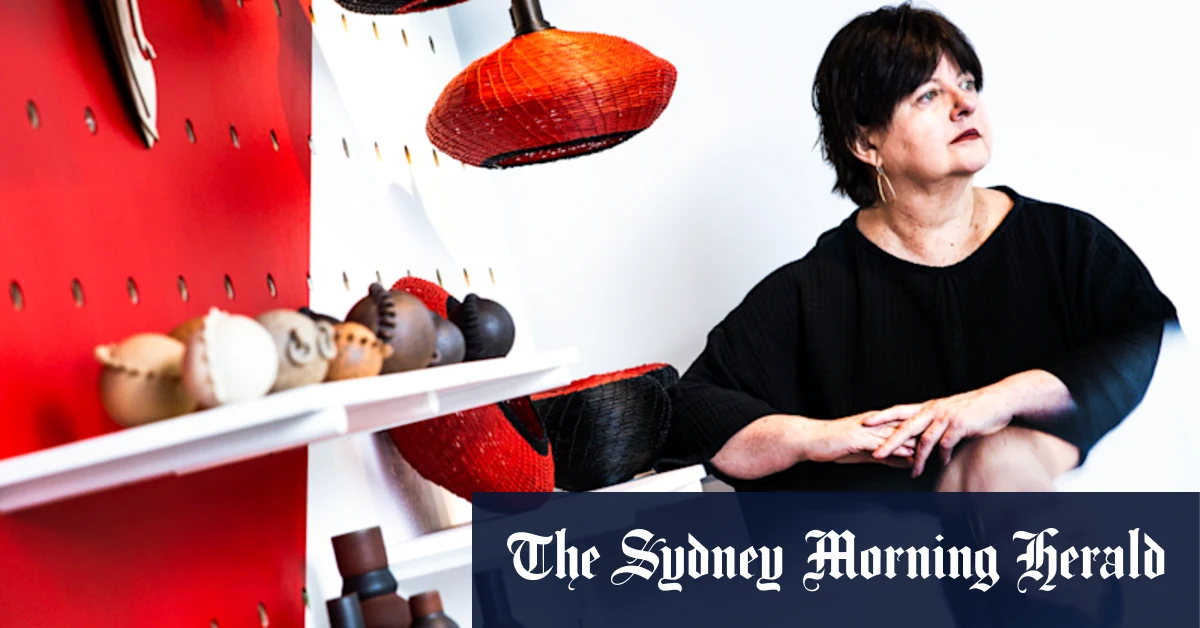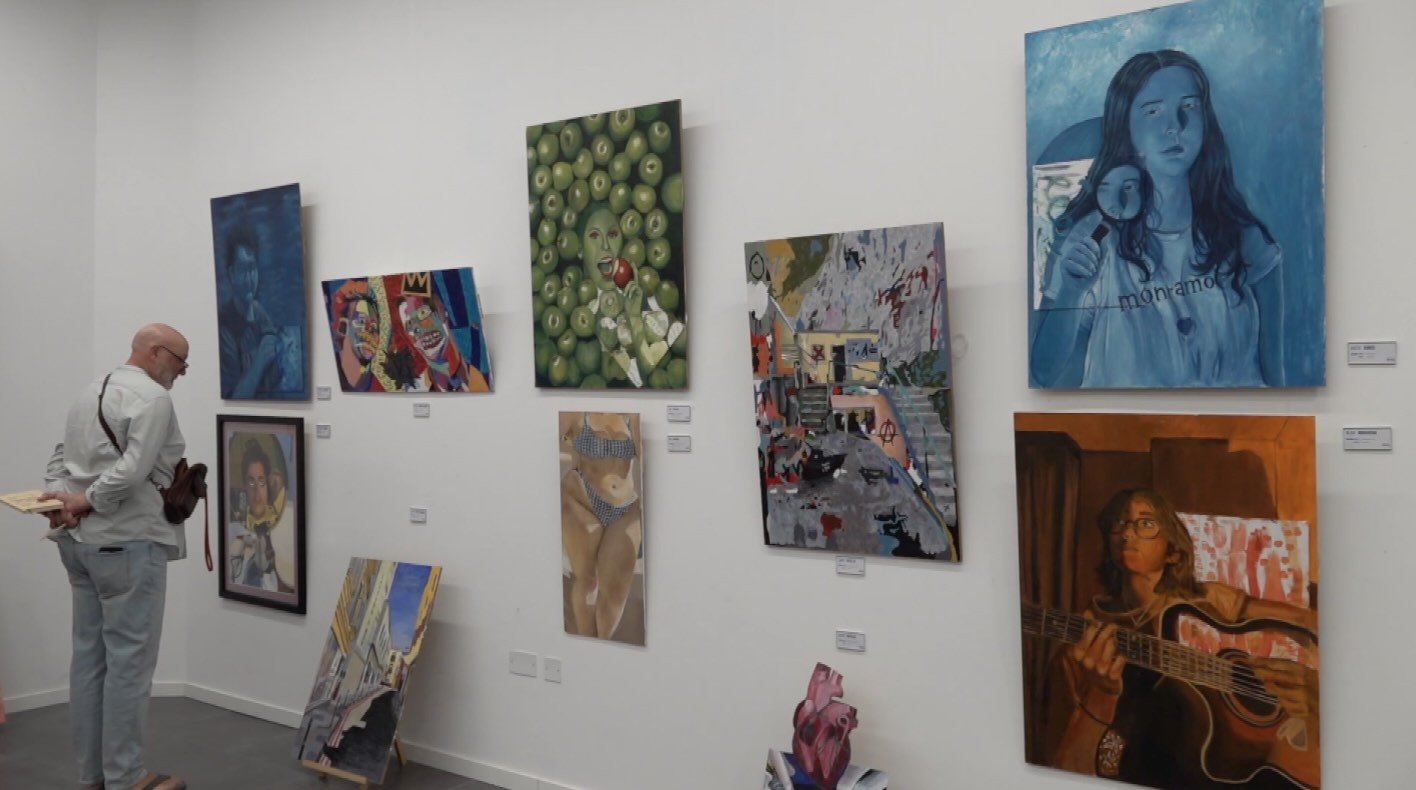Curious about what Malaysian artists were creating in the 1990s, before the Internet, social media, and smart devices?
The Boom Boom Bang: Play & Parody In 1990s KL exhibition at Ilham Gallery in Kuala Lumpur offers a glimpse into a bold era where artists pushed creative boundaries to the fullest.
The exhibition, which opened last October, will close on March 9. While all good things must end, Boom Boom Bang highlights the 1990s as a catalyst for deeper archival research, discussions, and discourse.
It may also be Ilham Gallery’s first show to draw interest far beyond the art community, attracting nostalgic onlookers, cultural activists, filmmakers, theatre practitioners, and, most notably, underground music fans.
Many have come to marvel at a wall of punk demo tapes, gig flyers, and oral histories documenting KL’s fringe music scene from over 30 years ago.
Boom times
What makes Boom Boom Bang so compelling – with its installations, old computers, vintage theatre programmes analogue-era videos and the era’s DIY spirit – is that it not only revisits KL’s creative scene of the 1990s, but also offers those who missed it a chance to experience the movement anew – perhaps even discovering something unexpected.
In 2025, nostalgia naturally arises for a time long past. However, viewing the work solely through a critical lens risks missing the essence of what drove these artists. Instead, the focus should be on the forces that spurred their creativity and the ways they responded, shaping the artistic landscape in their own unique forms.
In the 1990s, the shift from agriculture to industrialisation reshaped both KL’s skyline and its people, often in unnoticed ways. This exhibition’s timing is crucial, allowing for genuine retrospection only possible with time.
“I always wanted to do a show about the 1990s but it felt like the right time (now) because enough time has passed by that we could look back a bit objectively, 30 years later. And of course the 1990s were such an important decade I think in Malaysia from economics to political to social and cultural. I mean, it was such a decade of change,” says Rahel Joseph, Ilham’s gallery director, and one of the curators for Boom Boom Bang exhibition.
The other well-appointed curators – Simon Soon, Azzad Diah, and Ridhwan Saidi – blend art history, social context, and performing arts into the gallery space.
The exhibition took over a year to come together.
Scenes around the capital
If you haven’t seen Boom Boom Bang yet, there’s still time. The final weeks will feature the last few side programmes, adding to the show’s expansive scope.
Spanning fine arts, theatre, television, and music, the exhibition showcases a diverse range of creativity from artists, writers, and filmmakers, including: Wong Hoy Cheong, Ahmad Fuad Osman, Azizan Paiman, Bayu Utomo Radjikin, Chuah Chong Yong, Hasnul Jamal Saidon, Hatta Azad Khan, Ismail Zain, Liew Kung Yu, Nur Hanim Khairuddin, Raja Shahriman Raja Azzidin, Ray Langenbach, Sidney Tan, Yee I-Lann, Zakiah Omar and Hanno Baethe, and Zulkifli Yusoff.
It also features works from influential art collectives, theatre groups, and musicians such as Five Arts Centre, Instant Cafe Theatre, Carburetor Dung, and LabDNA.
According to Rahel, economic prosperity was a key factor behind the abundance of creative works from that era.
“There was a surge of activity in the arts at the time. Instant Cafe Theatre became highly active, plans for Istana Budaya were underway, and the National Art Gallery relocated from Hotel Majestic to its current home.
“The Actors Studio opened in Dataran Merdeka, new fine art galleries emerged, and a wave of young (art) collectors began shaping the scene,” says Rahel, who also used to manage (now defunct) Galeri Petronas’ exhibitions and public programmes.
“With money, capitalism and culture often make good bedfellows,” she adds, with a laugh.
The arts didn’t just reflect the prosperity of the time – they also captured the turbulence of the late 1990s, including the economic crisis, the arrest of then Deputy Prime Minister Datuk Seri Anwar Ibrahim, and the rise of the Reformasi movement.
“So looking back I think we were looking at how artists responded to the events of the 1990s,” says Rahel.
KL served as the nation’s axis, with everything revolving around it. This idea became the foundation for Ilham Gallery’s curators in shaping the exhibition.
“We asked ourselves, ‘If we were to tell KL’s story through the artists shaping it at the time, what would that story look like?’” she adds.
An interdisciplinary playground
Beyond the capital city itself, the curators drew inspiration from the fusion of fine art, theatre, and dance – reflected in the exhibition’s title, Boom Boom Bang: Play & Parody.
The exhibition’s title was inspired by Boom Boom Bang, a 1998 documentary by Berlin-based filmmaker-artist couple Zakiah Omar and Hanno Baethe, featured at the gallery’s end.
Rahel encourages visitors to watch it, as it captures artists discussing overdevelopment, KL’s transformation, and the Prime Minister at the time – making it a key reference for the show.
“They were filmmakers based in Berlin and they came and interviewed artists at that time and it was a really, really interesting documentary, proving to be important to this show,” she says.
With an abundance of material, the curatorial team streamlined the exhibition around two key concepts – “play” and “parody.”
“‘Play’ reflects the spirit of experimentation and the willingness to try new things. Take Skin Trilogy, for example. Staged at the National Art Gallery in Hotel Majestic, it was produced by Five Arts Centre, directed by Krishen Jit, and written by KS Maniam,” says Rahel.
“But it wasn’t just a play – it became a site-specific production involving visual artists, musicians, performers, and actors. It was chaotic in the best way. One moment, you’d see a Butoh dance; the next, something entirely unexpected. Some people hated it, but it was bold, different, and exciting – a true ‘let’s just do it’ moment,” she adds.
Rahel also highlighted LabDNA’s underground events by Yee I-Lann and Nani Kahar, including a secret rave and art installations and performances at Pudu Jail before its demolition in October 1997. Ahmad Fuad Osman recorded a performance that night, and the video is featured in the exhibition.
The concept of “parody” reflects artists, performers and comedians in the 1990s using humour to critique authority and issues like environmental change and KL’s rapid development.
Alongside the exhibition, a series of talks will take place. On March 8, art historian Sarena Abdullah will present “Art in a Time of Change: Artistic Responses in 1990s Malaysia.”

